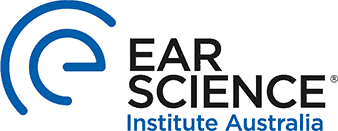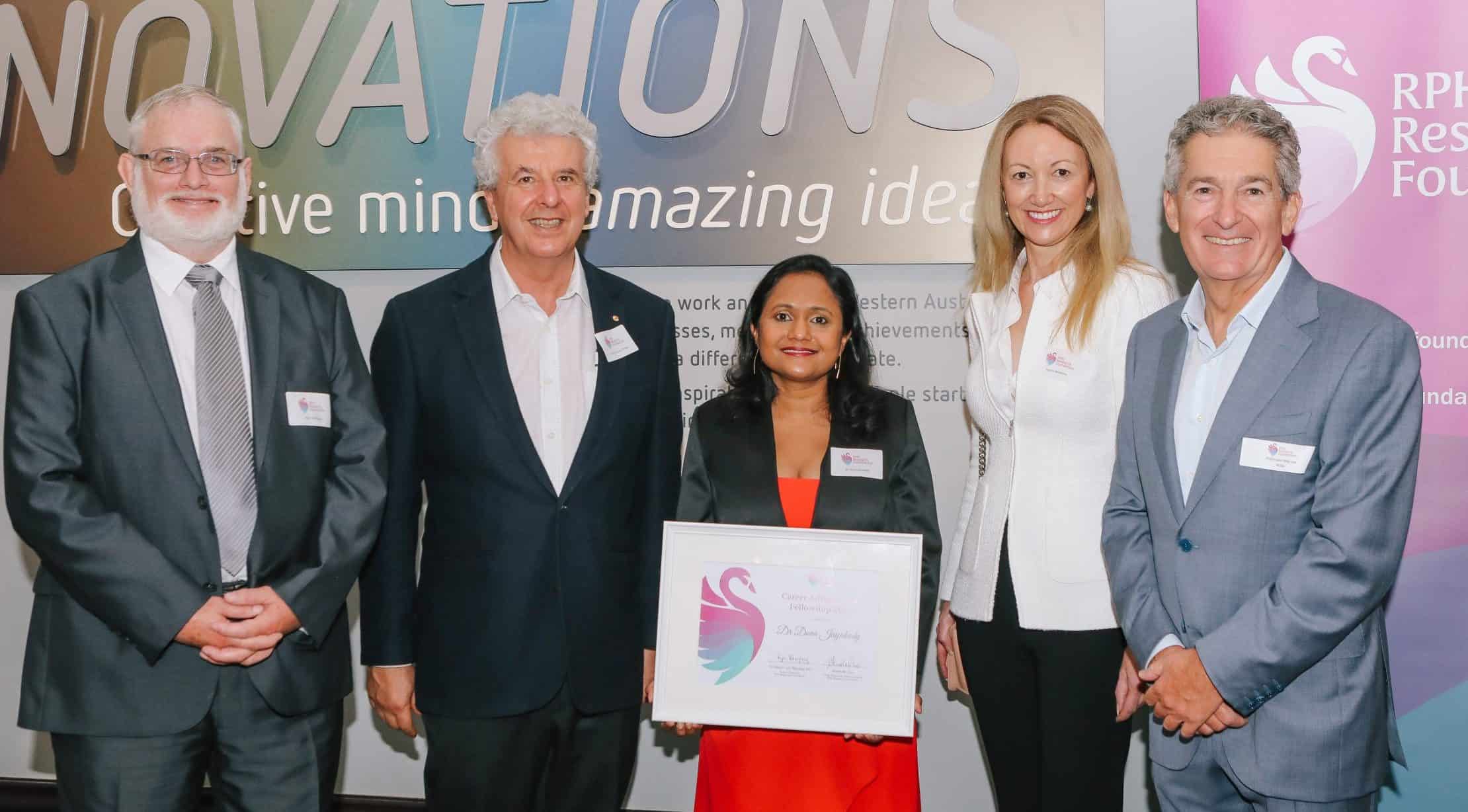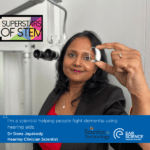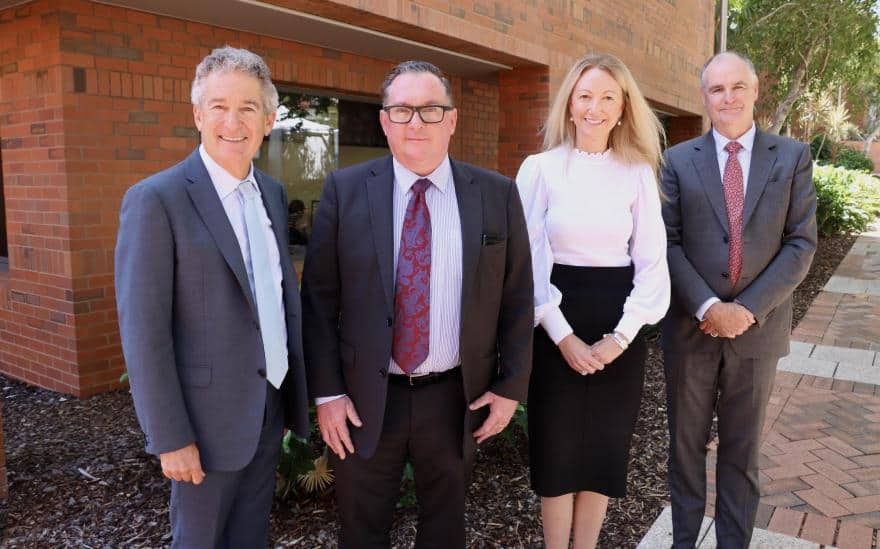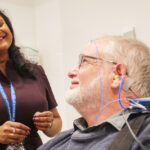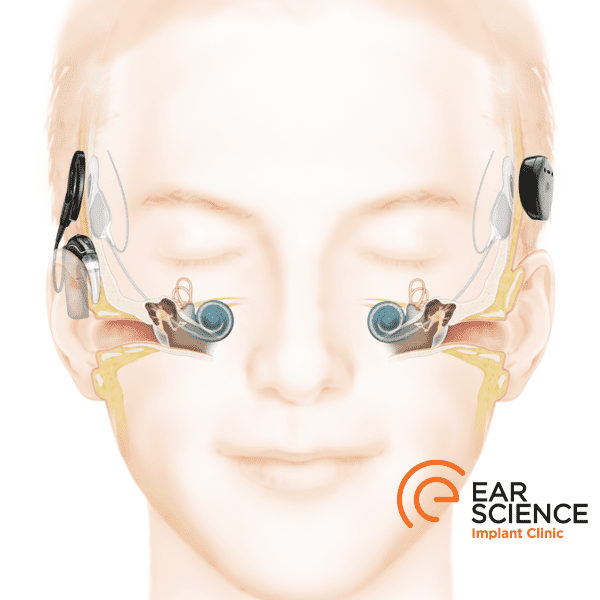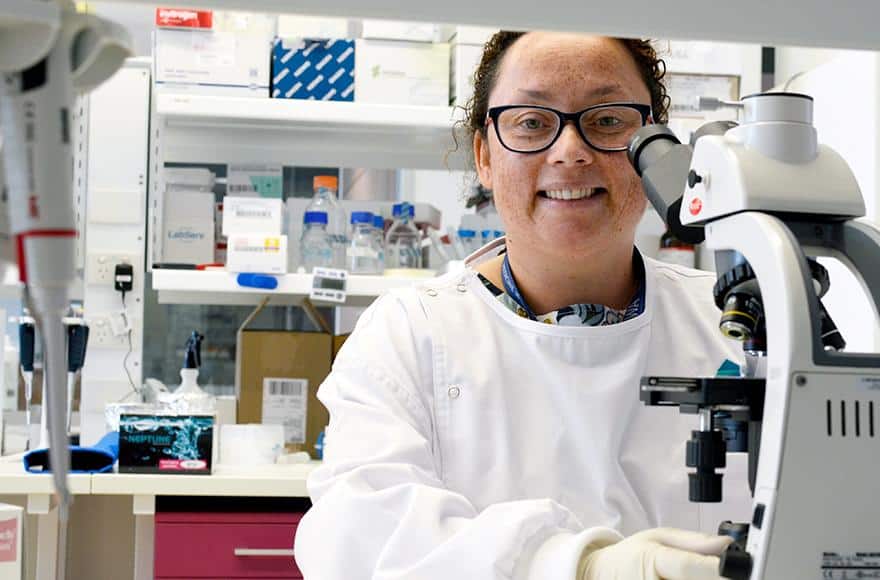
Research has shown that cochlear implantation is the best treatment for hearing restoration for those with severe and profound hearing loss.
Most cochlear implant recipients report an improvement in speech clarity and understanding.
Despite successful outcomes for clients, predicting the results of cochlear implantation can be challenging for clinicians and a barrier for some when considering this life-changing technology.
One possible cause of outcome variability is the formation of scar tissue around the electrode, which, in some cases, can lead to poorer outcomes and impact device function. Scarring within the cochlea is not entirely unexpected following cochlear implant surgery. It is the body’s way of reacting to the electrode, which it sees as a foreign body. However, the ability to accurately determine cochlear scarring and the extent of scarring has been almost impossible without invasive surgery.
With a commitment to excellent outcomes for hearing implant recipients, Ear Science Institute Australia (Ear Science) proactively recruited scientists to delve further into this vital area of implant research.
Associate Professor Cecilia Prêle, from UWA and Murdoch University, with her expertise in lung fibrosis, was recruited to the Ear Science team to take the lead, working to determine whether anti-fibrotic drugs can reduce the formation of this scar tissue in the cochlea. This work has since been awarded a highly competitive National Health and Medical Research Council’s (NHMRC) Ideas Grant.
“Any type of trauma, including that caused by surgery, ends up causing inflammation,” says Associate Professor Prêle. “Persistent chronic inflammation, over time, can lead to scarring.”
“We wanted to understand the impact of fibrosis following surgery better. Cecilia’s knowledge and experience in this area meant she was a great fit for this project,” said Sandra Bellekom, CEO of Ear Science.
This research project is supported by MED-EL, who donated the implant electrodes that the team needed for their experimental work. For over three decades, MED-EL has worked with clinicians, patients, and researchers focused on translational research. Hundreds of MED-EL implant recipients at the Ear Science Implant program continue to benefit from their technology.
Associate Professor Cecilia Prêle (UWA and Murdoch University), Associate Professor Wilhelmina Mulders (UWA), Professor Marcus Atlas (Ear Science Institute Australia) and Surgeon Scientist Clinical Associate Professor Jafri Kuthubutheen (UWA) are working together to test drugs currently used to treat scarring in the lung to determine their suitability for the inner ear.
“If we can find out how to inhibit the formation of scar tissue along the cochlear implant array, we believe it will improve the efficacy of the implant and improve the quality of life and hearing for implant recipients”, said Associate Professor Mulders.
There is still a long journey ahead, requiring tests for safety and correct dosage and developing an efficient way to deliver the drugs deep within the cochlea to the most effective location for extended periods.
